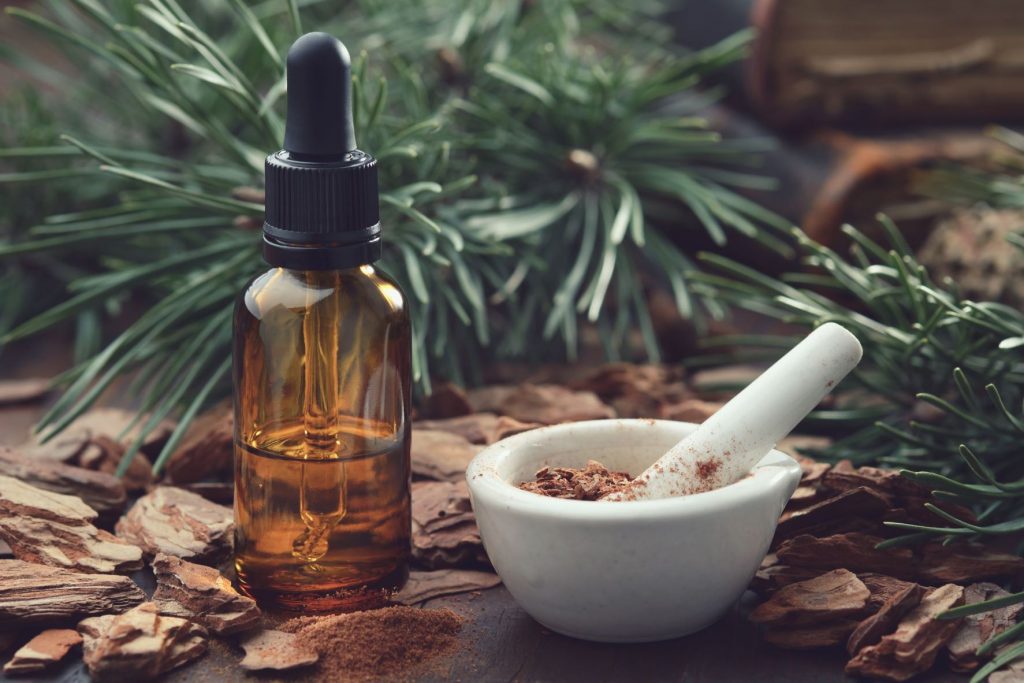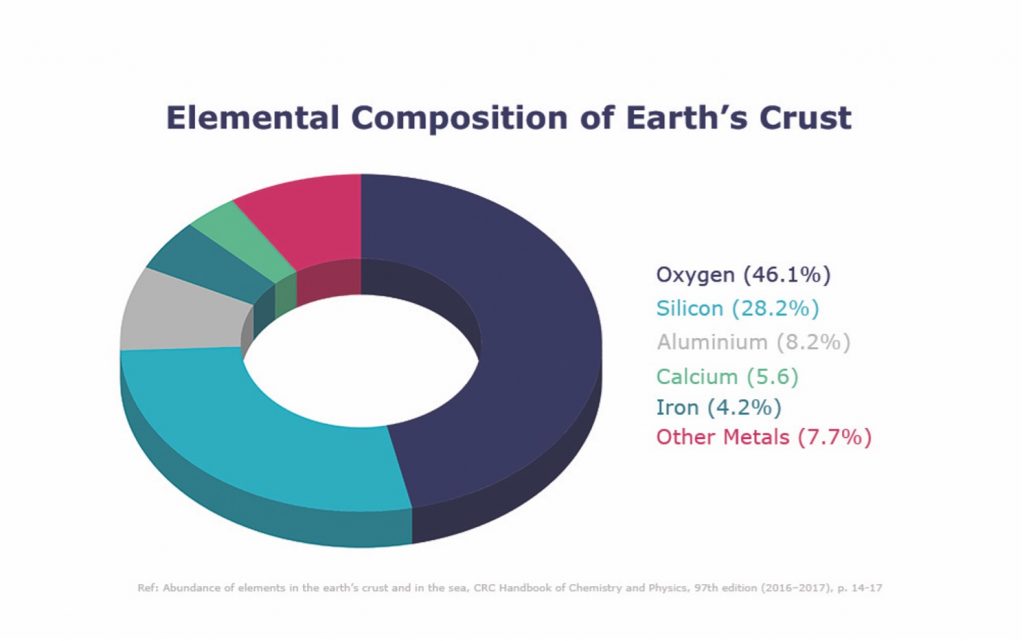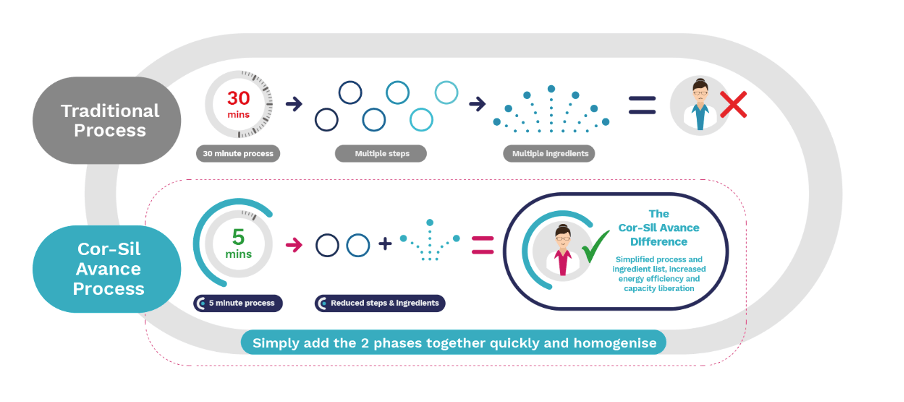By Liam Smith & Ella Ceraulo
Our increasingly connected world of instant communication and mass social media use has given us access to an unprecedented wealth of information on the internet. Naturally, navigating this online environment has had a major influence on decision making, in particular our purchasing decisions and power as consumers within the personal care industry. Yet, without strong technical understanding, consumers can be easily led astray by misleading claims posing as science.
At the same time, we’re seeing rising awareness of concepts such as greenwashing, purplewashing, and pinkwashing. Greenwashing refers to disinformation spread by organisations to paint a more environmentally conscious image of themselves. Pink- and purplewashing concerns the same disinformation but in relation to co-opting strategies that promote LGBTQIA+ or women’s rights respectively. Combined with increased safety concerns, consumers are often left confused over who and what to trust. According to Google Trends, the term ‘greenwashing’ has increased steadily over time, with terms such as ‘what is greenwashing’, ‘greenwashing definition’, and ‘greenwashing examples’ being among the most searched terms related to this. As well as becoming more informed on the ingredients that make up personal care products, consumers are more aware of when they are being lied to. All of this raises the question – how can personal care innovators earn customer trust in a ‘post-truth’ world?
Does natural always = better?
In recent years, there has been a trend towards “natural” and “clean” products within the personal care industry. Brands are often pushing the narrative that natural ingredients and products make for better performance and safety, as well as being better for the environment. As such, buzzwords including “plant-based”, “organic”, and “pure” have become synonymous with an environmentally friendly approach to personal care formulation; however, this is not always the reality.

At present, there is an insufficient supply of natural resources on the planet to deliver a completely “natural” chemical industry. Growing demand for these natural and plant-derived ingredients can lead to unsustainable farming and production practices with high environmental costs. This includes issues with intensive land use, pesticides, fertilisers, and resource and energy-intensive extraction methods. Additionally, “natural” products are by their very nature raw, therefore any single active ingredient is accompanied by a myriad of contaminants and allergens. These considerations show the pitfalls in the binary view of sustainability whereby natural, or renewable equates to good, and synthetic equates to bad.
The fragrance industry has become a clear example of where striking the correct balance between natural and synthetic enables the most innovative, sustainable, and effective products. According to co-founder of The Perfume Society, Lorna McKay, “some of the great masterpieces [such as Chanel No 5] would not exist without synthetic ingredients” and in many ways, a combination of both natural and synthetic oils ultimately leads to a longer-lasting, more complex scent. What has emerged from this balance could be viewed as a new approach to sustainable, personal care manufacturing.
Another example of this balanced approach can be seen in the ‘Post-Natural Campaign’ launched by Scandinavian brand, Tiny Associates. This centres around the idea of using biotechnology to synthesise ingredients which are chemically identical to substances that have traditionally been derived from plants, or even fossil fuels. By leveraging other areas of scientific research, this innovative brand has been able to provide personal care products that meet the ‘clean’ ingredient demands of consumers without the negative impact that their extraction has on the environment.
From the black-list to the green-list
As conversations around sustainability within personal care extend beyond the superficial natural vs. synthetics debate, the industry has begun to question why some of the former mainstays of formulation have been blanketly shunned. The re-introduction of ingredients such as sulfates in hair care and silicones in personal care comes after they were originally condemned by companies for not fitting their “natural” branding.
As shown through companies such as Tiny Associates, by taking a more holistic view of sustainability and looking at the entire life cycle of a product, we can yield a greater understanding of the ingredients that make up our favourite products. Both environmental and performance advantages exist, and in some cases, the benefits provided by enhanced performance of a previously blacklisted ingredient can greatly outweigh the negative reputation they once had.
This shift is typified by the Centre Européen des Silicones’s (CES) campaign to raise awareness for the benefits of silicone. Whilst not technically “renewable”, silicon is the second most abundant element in the Earth’s crust, negating the scarcity risks associated with other natural resources. Additionally, there has been a lot of research into the processes used to make silicone components. In the renewable energy field, silicone is the most common semiconductor material used in the production of photovoltaic cells. In order to make this sustainable technology better for the planet, advancements are currently underway to make the synthesis of silicone more environmentally friendly and to improve the recycling of solar cells. With advancements in other industries, it is only a matter of time before we may also see some similar developments in the synthesis and recycling of silicones in the personal care industry.

A study commissioned by the Global Silicones Council – assessing the full life cycle of silicones, siloxanes and silanes in Europe, America and Japan – found that the use of these products across a range of applications, can help save nine times the amount of greenhouse gases required to manufacture them1. Furthermore, studies have demonstrated that silicones fully degrade within the environment, providing a counter narrative to their vilification. The myths around this once again link back to the natural vs. synthetic debate and the fact that many consumers confuse the terms ‘degradable’ and ‘biodegradable’. Silicones such as dimethicone are indeed non-biodegradable, but when in contact with certain clays or sediments in the earth, they break back down into their constituent parts; silica (or sand), oxygen, and carbon. Furthermore, other silicone compounds can be broken down when exposed to UV from sunlight or oxygen in the atmosphere.
Putting the Trust Back into Science: Case Study of Cor-Sil Avance™
Overall, there is no clear answer to the natural vs. synthetics debate, it is apparent that in different situations, different ingredients and processes will be preferential for product performance and our planet. Therefore, to ensure truly sustainable, safe, and high-quality products, formulators must take a multidimensional approach to product development. The key to striking this coveted balance is putting the emphasis back on science.
For example, the successful product development of Cor Sil-Avance™ was enabled by Cornelius looking beyond short-term industry trends and trusting in their technical expertise. Harnessing the power of manufacturing with silicones, Cor-Sil Avance™ enables faster water addition in processing than traditional methods, enabling a 60% reduction in lab emulsification and batch production time. This feature enables manufacturers to halve the energy costs of their batch production.

Not only does this generate a formulation that makes manufacture more sustainable, but it also delivers a premium sensory feel and performance for consumers, by creating a quick-breaking emulsion that has no undesirable pilling on the skin. This also reduces the need for additional silicone ingredients, such as elastomers, which cause unnecessary addition of microplastics into personal care formulations. What once seemed like an undesirable ingredient has proven to be the more environmentally friendly and sustainable option of the manufacture of personal care products.
Real transparency, real results
Across industries it is clear to see that science is back in style. Consumers demand real transparency and strong evidence from the companies they choose to support. Further, consumers are beginning to actively engage in the science behind their daily products. This is evident in brands, such as The Ordinary, whose products are highly technical yet popular for truly committing to involving their customers in the scientific conversation to get the best results from their cosmetics.
“Consumers demand real transparency and strong evidence from the companies they choose to support.”
Some brands are even going above and beyond when it comes to trying to debunk myths around skincare formulations. American brand Paula’s Choice has a Scientific Advisory Board “sharing reliable, research-supported information on ingredient safety & efficacy”. They have also developed an Ingredient Dictionary, which allows consumers to decode the jargon on the back of beauty products and understand exactly what each ingredient is contributing.

Further to this, there has also been a rise in the number of science-forward influencers in the beauty industry. Michelle Wong, PhD, also known on Instagram as @labmuffinbeautyscience, is an Australian beauty scientist and science educator who creates online resources to debunk common misconceptions surrounding skincare ingredients. Other similar influencers include (but are not limited to) @skinperspective, @themelaninchemist and @sciencemeetscosmetics, who leverage their online platforms and scientific training to provide today’s consumers with science-backed knowledge to make more informed decisions about personal care products.
This remarkable shift in consumer attitude leaves companies with little place to hide, particularly with growing awareness and disdain for greenwashing across all industries. Unambiguous, scientifically backed approaches to sustainability and product performance are becoming increasingly critical for brands to maintain their customer base. As such, transparency is no longer a positive attribute but a necessity for all brands. This is clear in the personal care industry where chemical innovation has provided the much-needed tool to meet customer demands and put their trust back into science.
References
- Global Silicones Council, Centre Européen des Silicones, Silicones Environmental, Health and Safety Council of North America, Silicone Industry Association of Japan. (2012). Silicon-Chemistry Carbon Balance: An Assessment of Greenhouse Gas Emissions and Reductions. https://www.siliconescarbonbalance.eu/pdf/SIL_nutshell_en.pdf